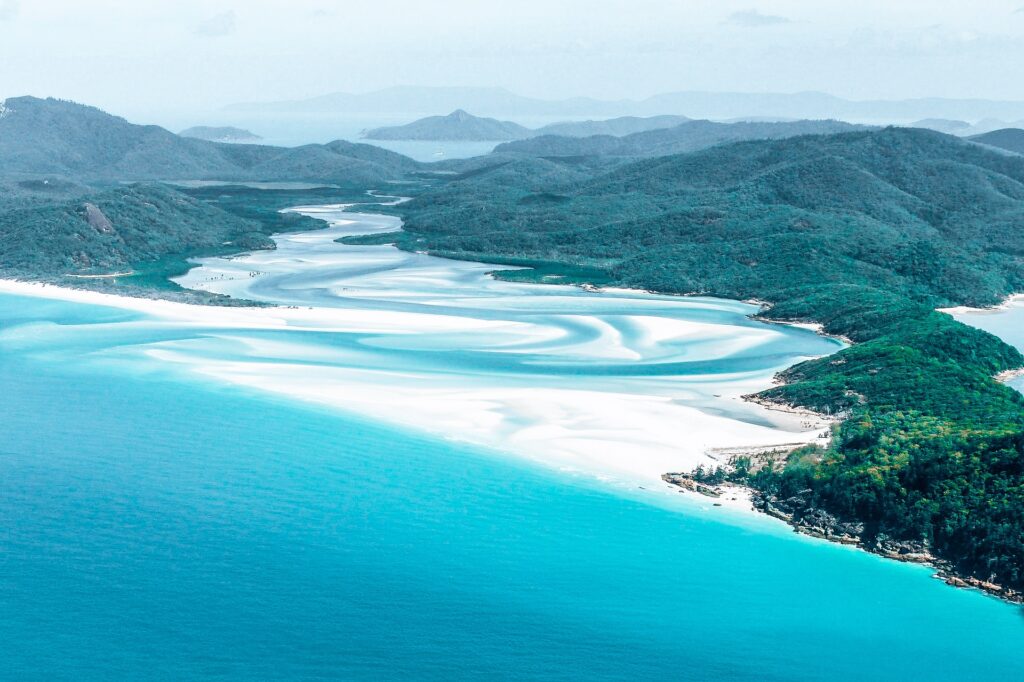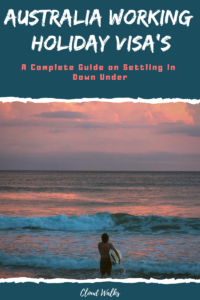Make it quick..
Are you thinking of taking the plunge and getting a Working Holiday Visa in Australia? Undoubtedly, moving to somewhere new can be daunting. However, we’re here to help at least make that move a little easier for you.
We spent 6 months travelling around South America and didn’t want the adventure to end. Therefore, we decided to take a leap Down Under and it is one of the best decisions we’ve ever made! A Working Holiday Visa is a great way to do what you would be doing at home but be able to have a whole bunch of new experiences alongside it. Australia is a fab location for it, as it is so big so there’s plenty of beautiful places to explore. Also, there’s no denying that the weather is a great factor!
Firstly, What Is a Working Holiday Visa (WHV)?
A Working Holiday Visa is a visa you can apply for, which allows you to work in another country, essentially to fund your holiday. It should be noted that some work limitations can be set with these visas. However, in Australia, the only main limitation is that you can only work for a company for a maximum of 6 months. Although, this is upped to 1 year for agricultural work.
If you are aged between 18-30 (35 for Canada and Ireland), you can receive a visa, which lasts for 1 year by simply applying online. However, to gain a second-year visa in Australia, you must complete 88 days of specified work in a regional area. Furthermore, an extra 6 months must be completed for the third year visa. The specified work ranges from agriculture, forestry, mining and some construction. Without a doubt, the most popular method of gaining another year is through seasonal farm work. Namely, work such as fruit picking and packing.
Depending on your home country, you will need to apply for either a visa subclass 417 or subclass 462. For the UK, it is the 417.
It should be noted that the visa is very easy to apply for. Therefore, don’t bother applying through an agency.
You’ve Arrived in Oz With Your Visa… Now What?
Firstly, there are a few boring things that need to be done. However, these are needed to get yourself settled into life on a working holiday visa in Australia. Hence we’re going to list them out here so you know you’re not forgetting anything!
Tax File Number (TFN)
If you don’t have a TFN, you will end up paying more taxes when you work and who wants that? Luckily, they are super easy to organise! Once you’re in Australia, you can apply for a TFN online by filling in a simple form here. It should be noted that you will need an Australian address to apply. However, a hostel/hotel address is perfectly fine to use. Moreover, it’s best to apply this when you will be based somewhere for a little while. Even if you don’t plan to work straight away, it's for the best, as it can take 10 days to arrive.
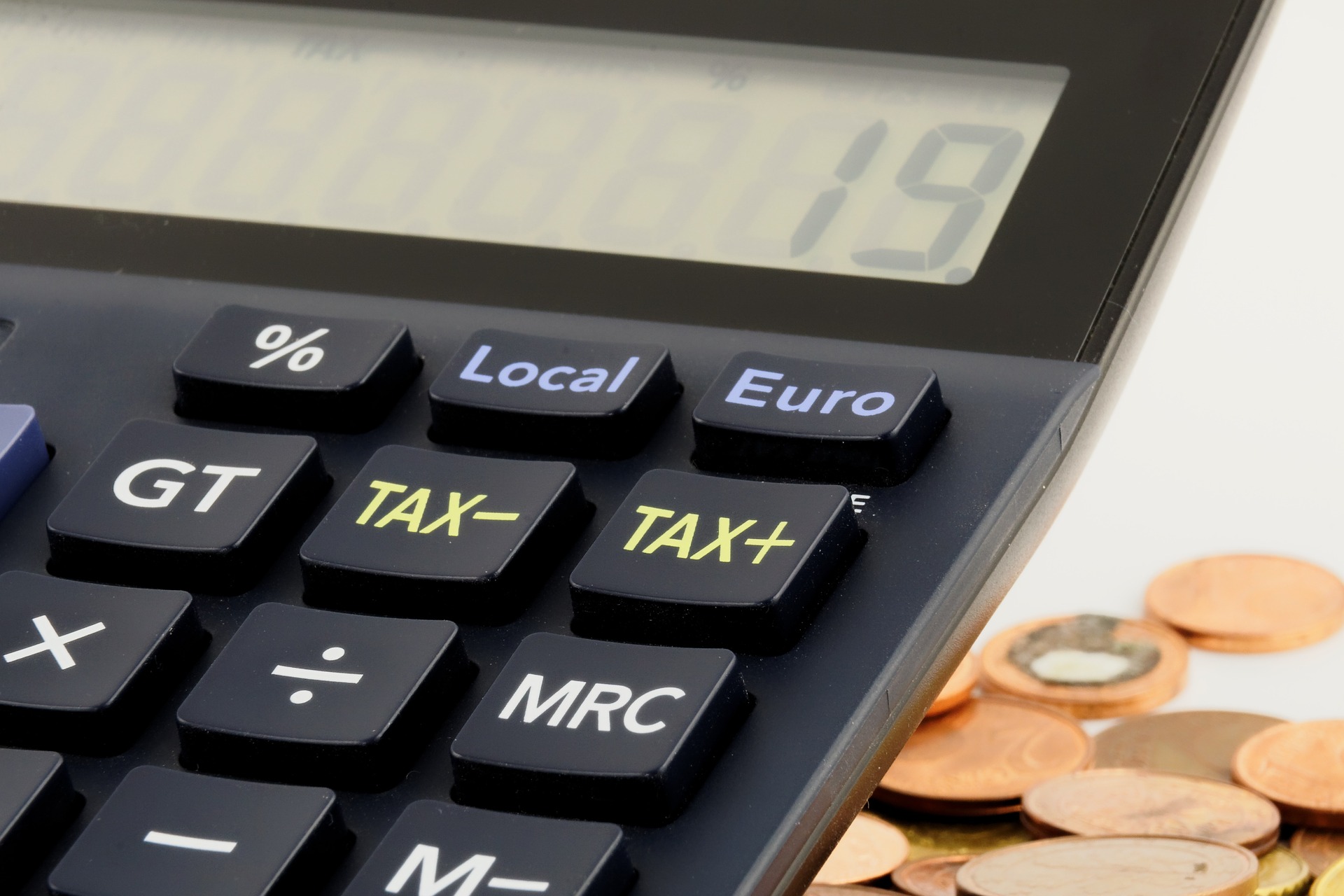
Open an Australian Bank Account
Once you have found a job, you need somewhere for your pay to go so you’ll need to open an Aussie bank account. In short, the main ones to consider are Westpac, ANZ, Commonwealth and NAB. Try not to get too overwhelmed with the choice as there’s not a huge difference between them. Personally, we went with Westpac. In general, Australian banks tend to charge for using ATMs that are not under their name. Therefore it’s worth noting that Commonwealth and Westpac have the most ATMs. Furthermore, if you’re planning to go on to spend some time in New Zealand too, ANZ allows free withdrawals in both Australia and NZ.
We’re not entirely sure what the other banks' procedures are but with Westpac, you can actually open the account from your home country from their website. Following this, once you’re in Australia, all you need to do is head to a Westpac branch with a form of ID to complete the process. If you’re from London, you can actually fully open the account from their branch in Bank.
Steps to take:
We’ll explain the process using Westpac’s website but it will be a similar process with either of the other main banks.
Firstly, head over to Westpac’s website and under the ‘Accounts for’ menu, select ‘Moving or new to Australia’. Secondly, on the next page, select ‘Living and working in Australia’ from the same drop-down menu. Following this, click on the red button, which says ‘Open now’ and follow the instructions.
No worries if you don’t have the time or forget to do any of it from home though. It’s simple enough to just head to a store and open one from scratch once you’re in Australia.
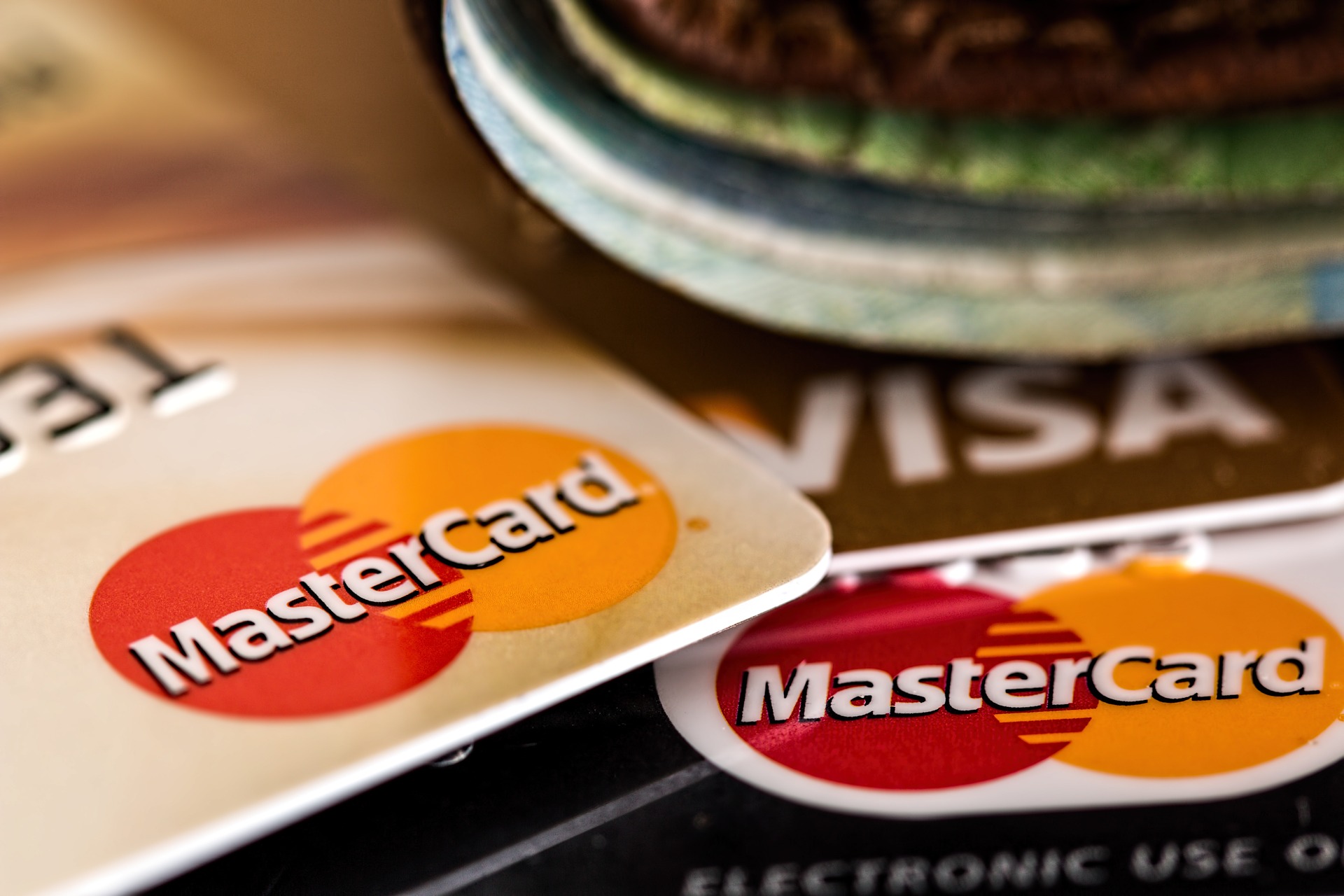
Get a Sim Card
To be able to use your phone without Wifi and receive texts/calls, you’ll need to get an Australian sim card. You can pick these up in most convenience stores.
To summarise, there are only 3 networks to choose from; Telstra, Optus or Vodafone. Here’s a little breakdown of each:
Telstra
If you’re planning to head off into any regional or remote parts of Australia (think farm work or the Outback), Telstra has the best coverage around the country.
Optus
If you’re planning to only stay in large cities or towns, you won’t really notice any difference between Optus or Telstra. Optus still offers great coverage and prices.
Vodafone
Vodafone has the least amount of coverage in the country. However, if you’re only planning to stay in the most populated areas of Australia, you’ll be just fine.
Furthermore, there are also other smaller companies who offer mobile plans called Mobile Virtual Network Operators (MVNOs). Without getting too technical, MVNOs basically still operate on one of the above 3 networks but because they’re smaller, they usually offer cheaper plans than going straight to the source.
We chose Boost Mobile
We did a lot of research when trying to find the best provider and on many occasions, Boost came out on top. Boost is an MVNO, who operates on Telstra’s network. Hence it has great coverage and the bundles are also really cost-effective. It’s who we went for and we currently pay $30 AUD for 28 days coverage. This includes 20Gb data and unlimited calls and texts to national and 25 international destinations. We can call the world whenever we choose!
You can purchase a SIM card online or in most supermarkets and local stores for $2. Additionally, Aldi also has some great deals, particularly if you just need data.

Medicare
Australia has reciprocal healthcare agreements with several countries, including the UK. Therefore, medical treatment can be subsidised or free.
Importantly, to receive this treatment, you will need to apply for a Medicare card. The form to complete can be downloaded from here.
Get that form printed and completed and then just submit it in person to your nearest Medicare service centre, along with your passport for ID.

Set Up a Superannuation Account or ‘Super’.
Firstly, let us just explain what a Superannuation is, as it is something you will see a lot with your employment.
To summarise, it is a fund that Australians have, which works like a pension plan. Hence the employer pays something towards it throughout their working life and then when they retire, they can access the money accumulated.
The great part is the backpackers on a working holiday visa in Australia get it too! Furthermore, unlike some other schemes, none of this fund comes out of your wages. Thus it is paid on top of them!
It should be noted that you won’t be able to access this money until you leave Australia for good and it is very highly taxed for obviously being accessed before retirement. However, due to the very slim chance most backpackers will be retiring in Australia, it’s free money. Therefore, just see it as a nice parting gift from Oz!
Now, How to Set One Up?
It doesn’t matter too much which super account you go for so the easiest thing to do is to just leave it to your first employer to organise. If you don’t have an account, your employer will set one up for you. As a rule, just make sure that you then collect the details of that account so you can provide them to your next employers. If you don’t do this, you will end up with multiple accounts. Subsequently, this would be an absolute pain to withdraw your funds from all the different accounts when you leave the country.

Find a Job
Finding the job you want can sometimes be difficult when it comes to applying with a Working Holiday Visa in Australia. Due to employees being aware that you’re only able to work for a company for 6 months maximum. However, it is still very possible with some persistence.
We decided to go for retail jobs whilst in Oz, as we have a lot of past experience in this sector. In addition, it saved on having to buy uniform clothes we don’t need. It should also be noted that have found all the jobs we’ve had in Oz (aside from farm work) through Indeed. After applying for countless jobs we have come to learn who we’ll usually hear back from and what is best to look out for. For instance, we don't believe that Coles or Woolworth accept WHV applications. However, it's always worth trying! On the other hand, we know that MYER, H&M, Sephora, Cotton On and Merlin attractions do.
Australia has a lot of casual jobs, which are great for visa holders as companies don’t mind so much if you leave. Therefore, we would definitely recommend applying for Casual positions, rather than Part or Full-Time. Similarly, with office-based roles, it is easiest to be offered a temp of fixed-term position. However, of course, some companies don’t mind so feel free to go for the Part or Full-Time positions too.
Being casual pays more!
An advantage to casual positions is that as they don’t have sick or holiday pay included, there is actually a 25% loading fee on top of the wage. Thus, it usually turns out to be at least $25/hour.
It should be noted that certain industries require a certificate to be able to work for them. For example, a Responsible Service of Alcohol (RSA) is required to work with alcohol. Also, just because you have one in one state, it doesn’t mean it will work in every state. In spite of Australia being known to be laidback, there are quite a few rules to get your head around!
If there just doesn’t seem to be anything available, don’t panic! There are some roles that may not be ideal but are pretty easy to get as someone on a WHV. There are a lot of jobs available working for charities and raising awareness on the streets or in call centres. It might not be exactly what you want but they do actually pay well.

Find Somewhere to Stay
Firstly, your best bet for a place to stay when you arrive in Australia is a hostel. Due to a hostel being a great place to meet plenty of other people also on a Working Holiday Visa in Australia. Thus the perfect way to meet people to connect with and get help from! Also, the staff meet so many people who are on a WHV, so they are a fountain of information when it comes to settling in. Furthermore, a lot of hostels will also have a noticeboard advertising jobs available in the area. As well as that, hotels usually offer a discounted rate for long term stays. In addition, you may be able to organise a free stay in exchange for some work around the hostel. Just call around and ask if they’re looking for help at the moment.
Following this, once you’re more settled in and can see yourself living in one place, you can look for something more permanent. Thus you can look into renting a room, which usually turns out cheaper than a hostel. The best place to search for rooms available is Flatmates. Here you can enter in all your preferences, such as private room, private bathroom, your maximum price etc and it will show you all the options. From here you can just message any that you’re interested in to ask any questions or to arrange a viewing.
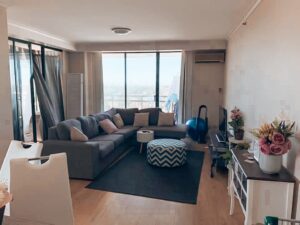
After this, you should be well and truly settled in and ready to have the year or two (or three now!) of your life. Next step is just to learn the lingo and how to surf!

If this guide helped you settle into a working holiday visa in Australia, help others &
